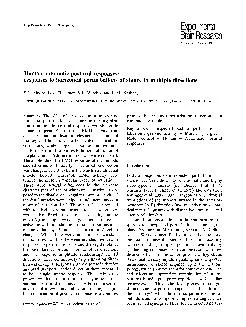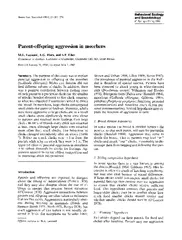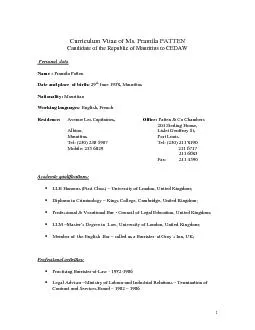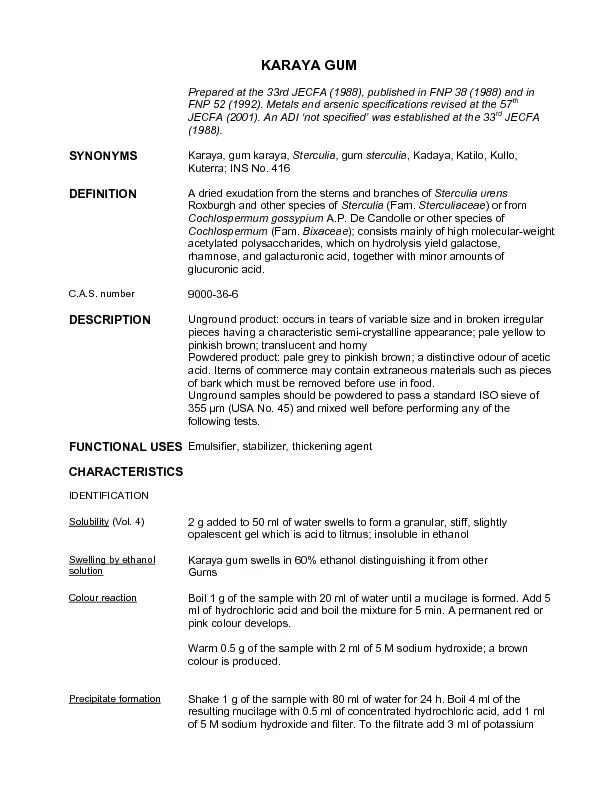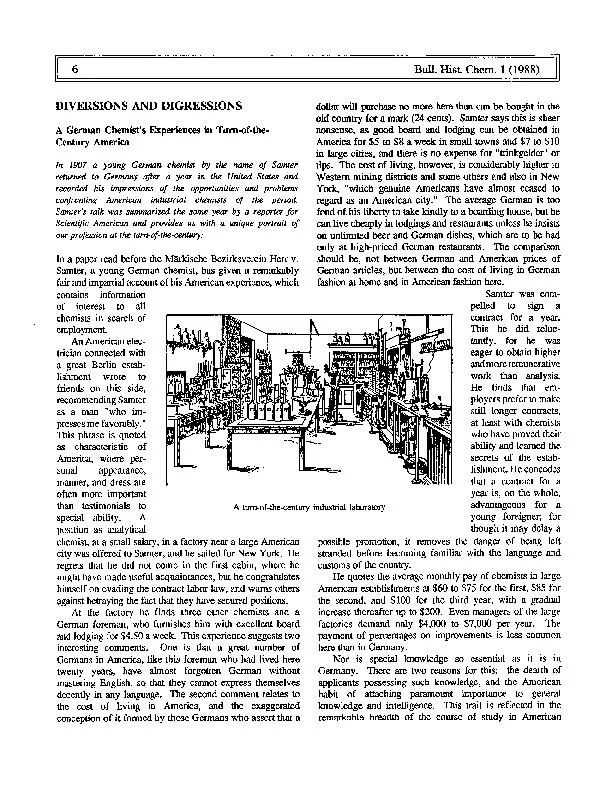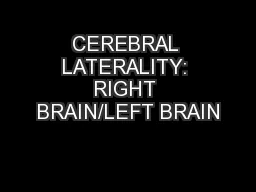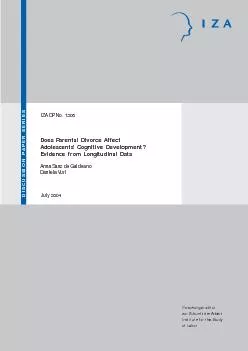PDF-Brain Research 1988
Author : myesha-ticknor | Published Date : 2015-09-28
Brain Res 1988 73648658 automatic postural responses responses to horizontal perturbations of stance in multiple directions Moore DS Rushmer SL Windus and LM Nashner
Presentation Embed Code
Download Presentation
Download Presentation The PPT/PDF document "Brain Research 1988" is the property of its rightful owner. Permission is granted to download and print the materials on this website for personal, non-commercial use only, and to display it on your personal computer provided you do not modify the materials and that you retain all copyright notices contained in the materials. By downloading content from our website, you accept the terms of this agreement.
Brain Research 1988: Transcript
Download Rules Of Document
"Brain Research 1988"The content belongs to its owner. You may download and print it for personal use, without modification, and keep all copyright notices. By downloading, you agree to these terms.
Related Documents

